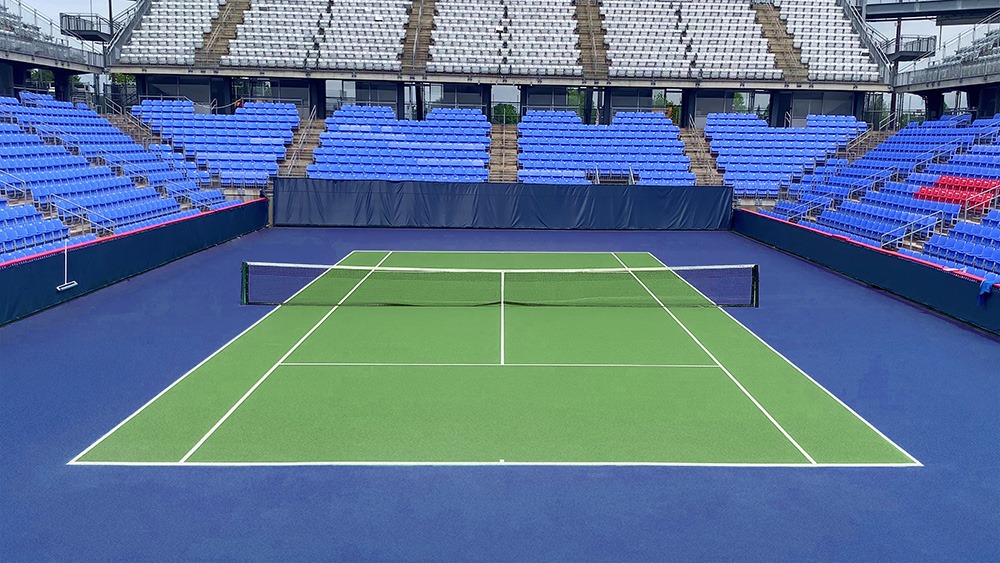Inclusive athletics is more than a concept—it’s a movement reshaping the future of sports. People of all abilities deserve a chance to participate, compete, and thrive. That’s where adaptive sports charity programs come in. These initiatives create opportunities, provide resources, and build communities where everyone belongs. From local leagues to national competitions, inclusive sports are on the rise, and charity-backed programs are leading the charge.
Creating Opportunities Through Adaptive Sports Charity Program
An Adaptive Sports Charity Program is a nonprofit initiative that funds and supports athletic activities tailored for individuals with physical or cognitive disabilities. These programs don’t just offer sports—they open doors. They provide specialized equipment, trained coaches, and accessible venues. Most importantly, they cultivate confidence and independence in every athlete. Whether it’s wheelchair basketball, adaptive rowing, or track events, these programs ensure no one is left on the sidelines.
Empowering Youth With Adaptive Sports Charity Program
Kids with disabilities often face limited options when it comes to extracurricular activities. But through the Adaptive Sports Charity Program, youth gain access to fun, challenging, and inclusive sports. These programs focus on ability, not limitation. Young athletes learn teamwork, discipline, and resilience. They also build friendships with peers who understand their journey. By empowering youth early on, these initiatives shape future leaders—both on and off the field.
Bridging the Accessibility Gap in Athletics With Adaptive Sports Charity Program
Many traditional sports venues aren’t built with accessibility in mind. Ramps, restrooms, and adaptable equipment are often missing. The Adaptive Sports Charity Program tackles this gap head-on. It funds the retrofitting of sports facilities, invests in mobility-friendly gear, and educates local teams on inclusive practices. The goal isn’t just participation—it’s equity. Every athlete deserves to compete on a level playing field, and these programs make it possible.
Fostering Community Support With Adaptive Sports Charity Program
Beyond the field, the Adaptive Sports Charity Program builds community. These programs bring together families, volunteers, healthcare professionals, and sports fans to support inclusive athletics. Fundraising events, training workshops, and community games all strengthen local networks. Support systems grow as more people see the value of adaptive sports. Inclusion isn’t just an idea—it becomes a shared experience.
Training Coaches for Inclusive Athletic Development
Coaching adaptive sports requires more than just technical knowledge. It demands empathy, creativity, and specialized training. Charity programs often fund certification courses for coaches who want to support athletes with diverse needs. These professionals learn how to modify drills, communicate effectively, and foster motivation in different ways. With trained coaches at the helm, athletes can push limits safely and confidently.
Highlighting Success Stories From Inclusive Athletics
Athletes in adaptive programs don’t just participate—they inspire. From Paralympic contenders to local champions, their stories challenge outdated ideas about disability. Charity-backed sports events regularly spotlight these successes. Seeing an athlete with cerebral palsy score a goal or a visually impaired runner complete a marathon shifts public perception. It proves that determination, skill, and heart define athleticism—not physical limitations.
Conclusion
Inclusive athletics are changing lives, one game at a time. The Adaptive Sports Charity Program is a powerful catalyst for this change. By removing barriers, offering training, and building supportive communities, it ensures that everyone, regardless of ability, can embrace the joy of sport. As awareness grows, so too will participation—and with it, a more united, understanding world of athletics.


